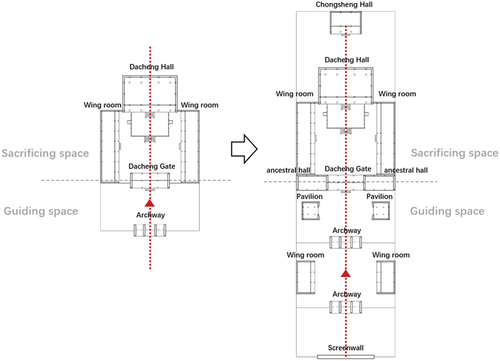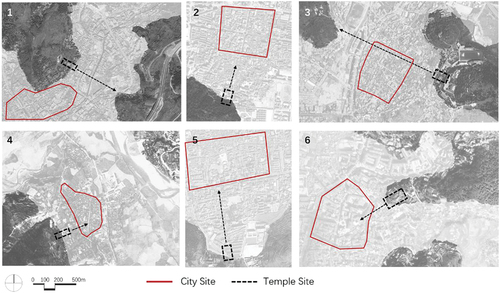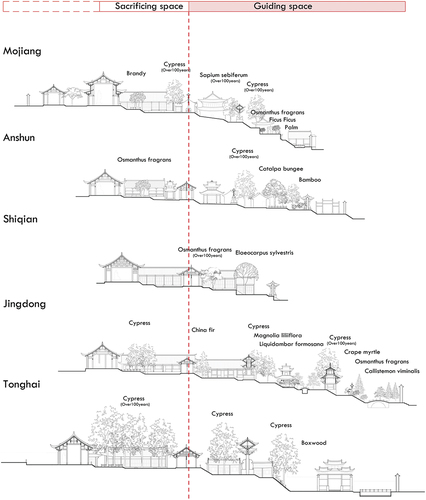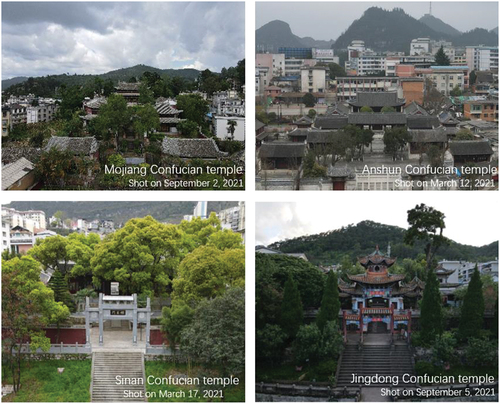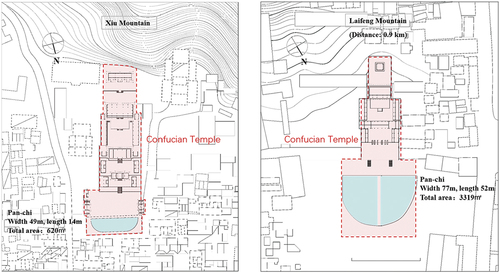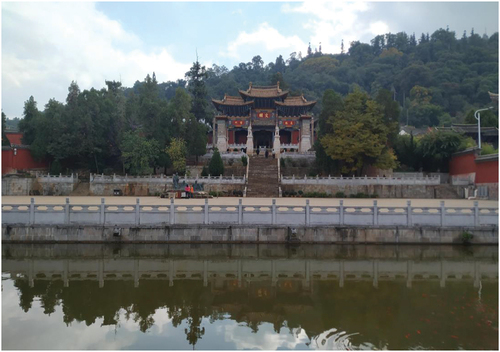Figures & data
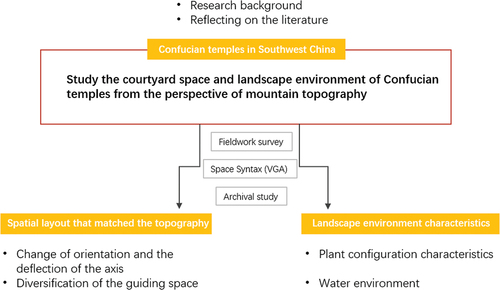
Table 1. Distribution of mountain Confucian temples in Southwest China.
Table 2. Axis deflection conforming to the topography.
Table 3. Genotypes extracted from the guiding space of the Confucian temple.
Table 4. Topographic parameters corresponding to building combination genotypes.
Table 5. Visual graphic expression of the diversity of Confucian temple spatial layouts.

